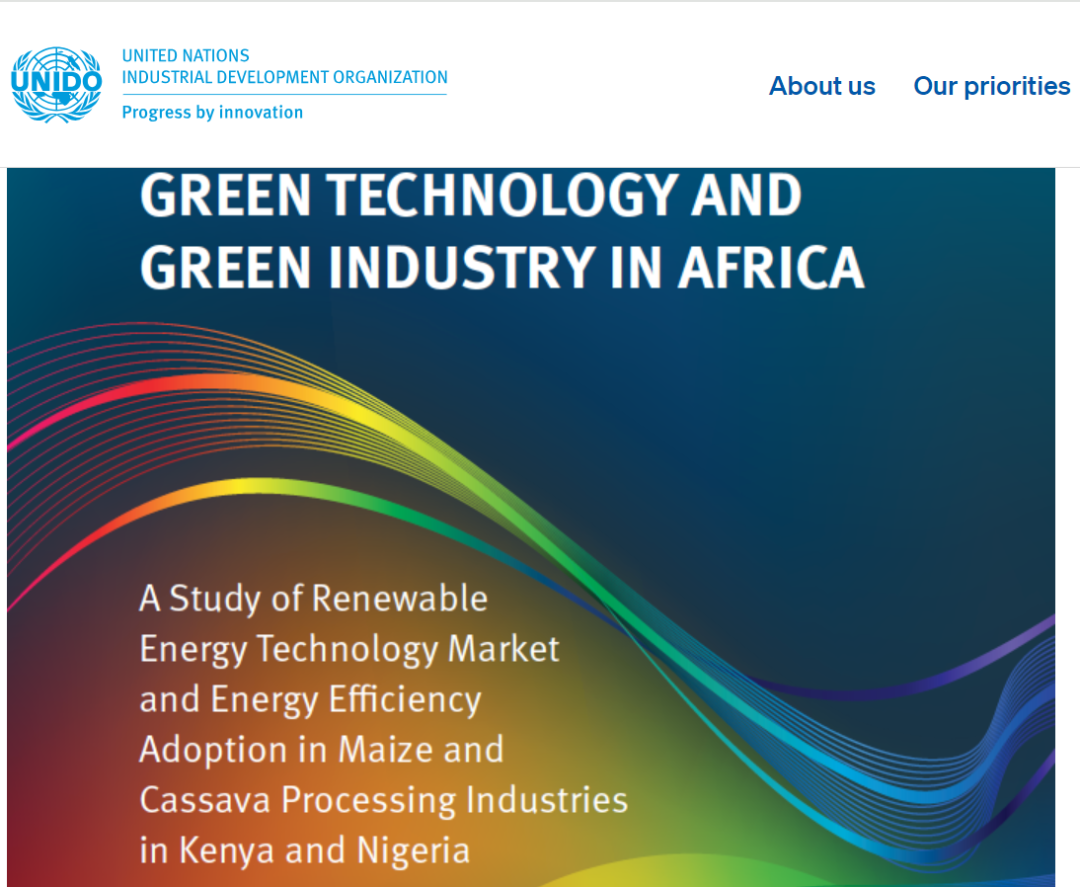Disclaimer:
Please be aware that the content herein is comprised of personal reflections, observations, and insights from our contributors. It is not necessarily exhaustive or authoritative, but rather reflects individual perspectives. While we aim for accuracy, we cannot guarantee the completeness or up-to-date nature of the content.
Images
Type of the Solution
Technology & Management Approach
Affected Sector
Industry
Description of the solution
Industrial fuel switching involves replacing existing fossil fuels used in industrial processes with cleaner alternatives. This can significantly reduce greenhouse gas emissions, air pollutants, and other environmental impacts associated with industrial activities. However, the feasibility of fuel switching depends on several factors:
Technical Compatibility: The new fuel must be compatible with existing industrial equipment and processes. Modifications might be necessary for some fuel switches.
Economic Considerations: The cost of the new fuel, potential infrastructure upgrades, and overall operational efficiency changes need to be assessed. Switching to a cleaner fuel should ideally be economically viable in the long term.
Fuel Availability: Reliable access to the new fuel source in sufficient quantities is crucial for successful implementation.
Socio-economic effects
Reduced greenhouse gas emissions and air pollution
Improved public health
Potential for job creation in clean energy sectors
Increased energy security and independence from fossil fuels (depending on the chosen alternative fuel)
Type of Measure
1. active measures (direct measures for reduction of air pollution)
Type of sub-measure
5. (none)
Who led the solution
Local government
Timescale of implementation
Long-term (5 and above)
Other Notes
Industries (making the switch), Governments (providing incentives, regulations), Technology Providers (developing new technologies) lead the solution. Industry and Energy are the affected sectors. Timescae of implementation Varies depending on the complexity of the switch and infrastructure needs. Can range from months to years for planning and implementation.
Successful fuel switching in industrial processes requires careful evaluation of technical and economic feasibility. Collaboration between industries, governments, and technology providers is crucial to overcome challenges and accelerate the adoption of cleaner fuels.
https://www.unep.org/explore-topics/green-economy/what-we-do/economic-and-fiscal-policy/fiscal-policy/policy-analysis-3
https://www.energy.ca.gov/news/2023-08/data-show-clean-power-increasing-fossil-fuel-decreasing-california
https://www.gov.ca.gov/wp-content/uploads/2023/05/CAEnergyTransitionPlan.pdf
Links to the solution
 Consent to share form or official link.
Consent to share form or official link.

 7Affordable and clean energy
7Affordable and clean energy 9Industry, innovation and infrastructure
9Industry, innovation and infrastructure 13Climate action
13Climate action
Comments
Log in to add a comment or reply.